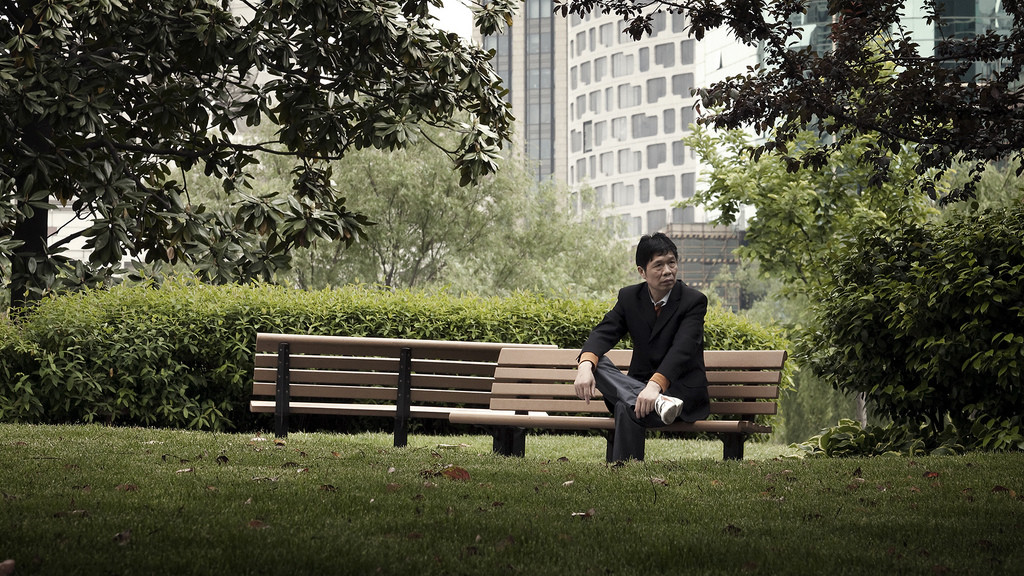I mentioned yesterday in a blog post that taking a walk at work is a good way to reduce stress. However, there are other—and better—ways to take breaks at work to help with your energy, concentration, and stress.
In “Give Me a Better Break: Choosing Workday Break Activities to Maximize Resource Recovery,” published in the Journal of Applied Psychology, two Baylor University researchers surveyed 95 employees over a five-day workweek about their workday break habits. Breaks were “any period of time, formal or informal, during the workday in which work-relevant tasks are not required or expected, including but not limited to a break for lunch, coffee, personal email, or socializing with coworkers, not including bathroom breaks.”
The researchers—Emily Hunter, PhD, and Cindy Wu, PhD, associate professors of management in Baylor University’s Hankamer School of Business—analyzed 959 break surveys, which accounted for an average of two breaks per person per day.
“We took some of our layperson hypotheses about what we believed were helpful in a break and tested those empirically in the best way possible,” Hunter said. “This is a strong study design with strong analyses to test those hypotheses. What we found was that a better workday break was not composed of many of the things we believed. ”
Here are some of the top discoveries from the study:
Mid-morning is the best time to take a workday break.
“We found that when more hours had elapsed since the beginning of the work shift, fewer resources and more symptoms of poor health were reported after a break,” the study says. “Therefore, breaks later in the day seem to be less effective.”
The best kind of breaks are the ones that involve activities that employees prefer.
“Finding something on your break that you prefer to do—something that’s not given to you or assigned to you—are the kinds of activities that are going to make your breaks much more restful, provide better recovery, and help you come back to work stronger,” Hunter said.
Taking “better breaks” offers increased job satisfaction and better health.
“Better breaks” are ones earlier in the day and doing things you prefer. When these types of breaks are taken, people experienced less eyestrain, lower back pain, and headaches after the breaks.
It’s more beneficial to take frequent, short breaks than long breaks.
“Unlike your cellphone, which popular wisdom tells us should be depleted to zero percent before you charge it fully to 100 percent, people instead need to charge more frequently throughout the day,” Hunter said.
(Image: Jonathan/Creative Commons)

